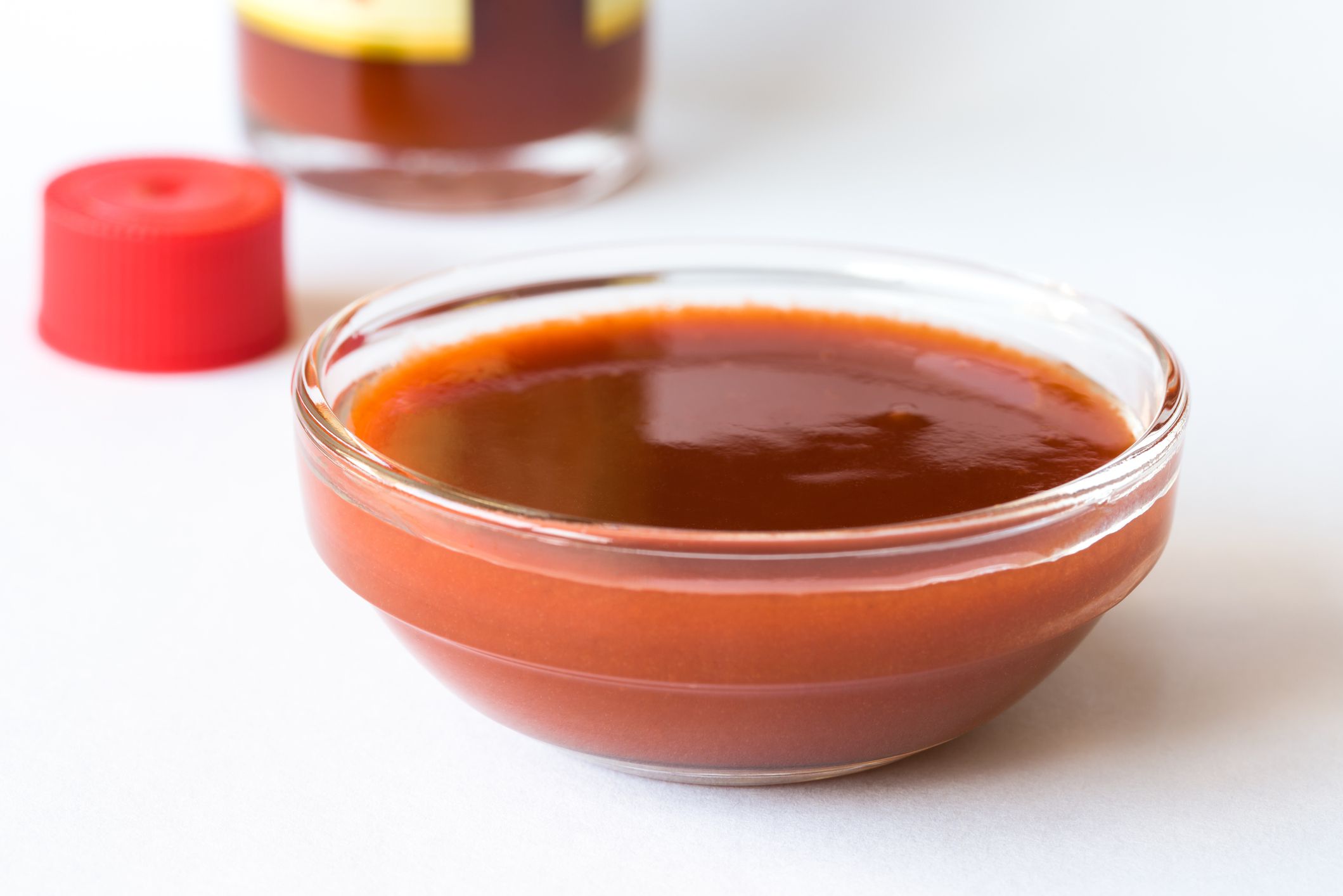

Articles
How To Store Chamoy
Modified: December 7, 2023
Learn the best ways to store chamoy in this comprehensive article. From refrigeration tips to shelf life, discover how to keep your chamoy fresh and flavorful.
(Many of the links in this article redirect to a specific reviewed product. Your purchase of these products through affiliate links helps to generate commission for Storables.com, at no extra cost. Learn more)
Introduction
Chamoy is a delicious and tangy condiment that originated in Mexico. It is a versatile sauce made from a combination of fruit, chilies, vinegar, and spices, lending it a unique blend of sweet, sour, and spicy flavors. Chamoy is commonly used as a dipping sauce for fruits, such as mangoes and pineapple, or as a topping for snacks like chips and popcorn.
Proper storage of chamoy is crucial to maintain its flavor, quality, and shelf life. If not stored correctly, chamoy can lose its taste, consistency, and even become contaminated. In this article, we will explore the factors to consider when storing chamoy, provide a step-by-step guide, and share some useful tips to ensure that your chamoy stays delicious and fresh.
So let’s dive in and discover the best practices for storing chamoy to enhance your culinary experience.
Key Takeaways:
- Proper storage of chamoy is crucial to maintain its flavor, quality, and safety. Factors like temperature, container choice, and cleanliness play a key role in preserving the delicious tangy, sweet, and spicy flavors of chamoy.
- Understanding the shelf life and expiry dates of chamoy is essential to ensure its freshness and safety. By following proper storage practices and avoiding common mistakes, you can savor the unique flavors of chamoy in your favorite recipes and enjoy its tangy, sweet, and spicy goodness to enhance your culinary experience.
Read more: How To Store Store-Bought Bread
What is Chamoy?
Chamoy is a popular Mexican condiment that has gained international recognition for its unique combination of flavors. It is a sauce that is typically made from a base of fruit, such as apricot, plum, or mango, which is then blended with a mixture of spices, vinegar, and chilies. The result is a tangy, sweet, and spicy sauce that adds a burst of flavor to various dishes.
The origin of chamoy can be traced back to Mexico, where it has been a beloved condiment for generations. However, its popularity has spread far beyond its country of origin, and it is now enjoyed in many parts of the world. Chamoy is incredibly versatile and can be used in a variety of ways. It is commonly used as a dip for fresh fruits like mangoes or pineapple, giving them an extra kick of flavor. It is also a popular topping for snacks like chips, popcorn, and even ice cream.
One of the key ingredients in chamoy is the chili pepper, which gives the sauce its characteristic heat. Different types of chilies can be used, ranging from mild to hot, depending on personal preference. The combination of the spicy chili with the sweet and tangy fruit creates a perfect balance of flavors that is both refreshing and satisfying.
Chamoy can be found in different forms, including liquid, paste, and powder. The liquid version is the most common and is typically sold in bottles or jars. Paste chamoy is thicker and has a consistency similar to fruit preserves, making it ideal for spreading on snacks. Chamoy powder is a convenient option that can be mixed with water to create a sauce as needed.
Whatever form you choose, chamoy is a versatile and delicious condiment that can elevate the flavor of many dishes. Now that we’ve covered what chamoy is, let’s explore why proper storage of this delectable sauce is important.
Why is Proper Storage Important?
Proper storage of chamoy is crucial to maintain its flavor, quality, and overall safety. Whether you buy chamoy from a store or make it at home, following the right storage practices will ensure that you can enjoy the sauce for a longer period of time without compromising its taste and texture.
One of the main reasons why proper storage is important for chamoy is to prevent spoilage and contamination. Chamoy contains perishable ingredients like fruit and vinegar, which can spoil if not stored correctly. Exposure to air, heat, and moisture can lead to the growth of bacteria and mold, which can contaminate the sauce and make it unsafe for consumption. By storing chamoy properly, you can minimize the risk of microbial growth and ensure that the sauce remains safe to eat.
Additionally, proper storage helps to preserve the flavor and consistency of chamoy. The balance of sweet, sour, and spicy flavors in chamoy is what makes it so delicious. However, if exposed to improper storage conditions, the flavors can deteriorate, and the sauce may become bland or overly tangy. Storing chamoy in the right temperature and away from direct sunlight helps to maintain its taste and ensure that each time you use it, you get the full flavor experience.
Furthermore, proper storage prevents the separation of ingredients in chamoy. The different components of chamoy, including fruit pulp, spices, and liquids, can separate over time if not stored properly. This can result in an uneven distribution of flavors and texture, making the sauce less enjoyable. By storing chamoy in a way that promotes homogeneity, you can maintain its desired consistency and ensure that each serving of chamoy is perfect.
Lastly, proper storage extends the shelf life of chamoy. Like most food products, chamoy has an expiration date that indicates the recommended timeframe for consumption. By storing chamoy in the right conditions, you can potentially prolong its shelf life and enjoy it for a longer period. This can be especially beneficial if you like to buy or make chamoy in larger quantities, ensuring that it does not go to waste.
Now that we understand the importance of proper storage, let’s explore the factors to consider when storing chamoy.
Factors to Consider When Storing Chamoy
When it comes to storing chamoy, there are several key factors to consider to ensure that the sauce stays fresh, flavorful, and safe to consume. By paying attention to these factors, you can maximize the shelf life of your chamoy and maintain its quality. Here are some important considerations:
- Temperature: Chamoy should be stored in a cool and dry place, away from direct sunlight and heat sources. Higher temperatures can cause the sauce to spoil faster and may alter its taste and consistency. It is best to store chamoy at a temperature range of 50°F to 70°F (10°C to 21°C).
- Container: It is recommended to store chamoy in a sealed, airtight container to prevent exposure to air and moisture. Glass jars or bottles with tight-fitting lids are ideal for preserving the flavor and texture of chamoy. If you are using a homemade chamoy that is in a liquid form, consider using a squeeze bottle for easy dispensing.
- Cleanliness: Before transferring chamoy into a storage container, make sure that the container is clean and dry to avoid any contamination. Also, ensure that any utensils or spoons used to handle chamoy are clean and free from any residues to prevent spoilage.
- Storage Location: Choose a storage location that is away from strong odors. Chamoy can absorb odors from other strongly scented foods, affecting its own flavor. It is also important to keep chamoy away from household chemicals or cleaning agents that can contaminate the sauce.
- Refrigeration: While chamoy can be stored at room temperature, refrigeration can help prolong its shelf life. If you live in a warm climate or if you want to extend the lifespan of your chamoy, consider refrigerating it. Just make sure to allow chamoy to come to room temperature before using it to regain its desired consistency.
By taking these factors into account, you can ensure that your chamoy stays fresh, flavorful, and safe for a longer period. However, proper storage goes beyond just considering these factors. It also involves following a step-by-step process to store chamoy correctly, which we will explore in the next section.
So, let’s move on to the step-by-step guide for storing chamoy.
Step-by-step Guide to Storing Chamoy
Storing chamoy properly is crucial to maintain its quality and flavor. By following these step-by-step instructions, you can ensure that your chamoy remains fresh and delicious:
- Transfer: If your chamoy came in a container that is not suitable for long-term storage, transfer it to a clean, airtight container. This will help prolong its shelf life and protect it from air and moisture.
- Clean: Ensure that the storage container is clean and dry before transferring the chamoy. Use warm water and mild soap to clean the container if needed. Rinse it thoroughly to remove any soap residue and allow it to dry completely.
- Pour or spoon: Carefully pour or spoon the chamoy into the storage container, ensuring that you do not spill or contaminate the sauce. Leave some headspace at the top of the container to allow for expansion.
- Seal: Securely seal the container with a tight-fitting lid or cap. This will help create an airtight environment, preventing air, moisture, and odors from entering the container and affecting the chamoy.
- Label: Label the container with the date of storage to keep track of its freshness. This will help you determine when it’s time to use the chamoy or check if it is still within its recommended shelf life.
- Store: Find a suitable location to store the chamoy. Choose a cool and dry area away from direct sunlight, heat sources, and strong odors. Consider refrigeration if you want to extend the shelf life of your chamoy.
- Regularly check: Periodically check the storage container for any signs of spoilage, such as mold growth, off-smells, or changes in texture. If you notice any of these signs, discard the chamoy immediately.
Following these steps will help ensure that your chamoy stays fresh, flavorful, and safe to consume for an extended period. Now that you know how to store chamoy correctly, let’s move on to some helpful tips for maintaining its flavor and quality.
Store chamoy in a cool, dry place away from direct sunlight. Make sure the container is tightly sealed to prevent air and moisture from getting in, which can cause the chamoy to spoil.
Read more: How To Store Basil From Store
Tips for Maintaining Chamoy Flavor and Quality
To ensure that your chamoy remains flavorful and maintains its quality, consider the following tips:
- Use clean utensils: Always use clean utensils when handling chamoy to prevent contamination. Avoid using dirty spoons or fingers to scoop out the sauce, as it can introduce bacteria or other contaminants.
- Avoid cross-contamination: When using chamoy as a dip, do not double-dip or allow the sauce to come into contact with raw or uncooked foods, as this can introduce bacteria. Instead, serve a portion of chamoy in a separate dish and discard any leftover sauce.
- Keep the container sealed: After each use, make sure to tightly seal the container to prevent air and moisture from entering. This will help maintain the consistency and flavor of the chamoy.
- Store away from strong odors: Chamoy can absorb odors easily, so make sure to store it away from strongly scented foods or household chemicals that can affect its flavor.
- Check for signs of spoilage: Regularly check the chamoy for any signs of spoilage, such as mold growth, off-smells, or changes in texture. If you notice any of these signs, discard the sauce immediately.
- Avoid exposing to heat: Avoid exposing chamoy to high temperatures and direct sunlight, as this can accelerate spoilage and alter the flavor of the sauce.
- Use within recommended shelf life: Chamoy, like any other food product, has a recommended shelf life. It is best to consume the sauce within this timeframe to ensure optimum flavor and quality. Check the label or refer to the manufacturer’s instructions for the specific shelf life of your chamoy.
- Consider refrigeration: While chamoy can be stored at room temperature, refrigeration can help prolong its shelf life. If you live in a warm climate or if you have opened a large container of chamoy, refrigerating it can help preserve its freshness.
- Don’t mix expired and fresh chamoy: If you have leftover chamoy that is nearing its expiration date, avoid mixing it with a fresh batch. Mixing expired and fresh chamoy can lead to contamination and affect the overall quality of the sauce.
By following these tips, you can maintain the flavor, quality, and safety of your chamoy for an extended period. Now, let’s explore some common mistakes to avoid when storing chamoy.
Common Mistakes to Avoid When Storing Chamoy
When it comes to storing chamoy, there are a few common mistakes that should be avoided to ensure the longevity and quality of the sauce. By being aware of these mistakes, you can prevent any potential issues and enjoy your chamoy to the fullest. Here are some common mistakes to avoid:
- Not transferring to a suitable container: Keeping chamoy in its original packaging may not provide adequate protection from air and moisture. It’s important to transfer the chamoy to a clean, airtight container to prevent spoilage and maintain its flavor.
- Using dirty utensils: Using dirty spoons or utensils to handle chamoy can introduce bacteria and contaminate the sauce. Always use clean utensils when scooping or pouring chamoy to maintain its hygiene.
- Exposing chamoy to heat and sunlight: Heat and sunlight can accelerate the spoiling process and alter the flavor of chamoy. Avoid storing the sauce in a warm area or where it can be exposed to direct sunlight.
- Not checking for spoilage: It’s essential to periodically check the chamoy for signs of spoilage, such as mold growth, off-smells, or changes in texture. Consuming spoiled chamoy can pose health risks, so discard any sauce that shows signs of spoilage.
- Allowing cross-contamination: Cross-contamination can occur when the chamoy comes into contact with raw or uncooked foods, leading to the transfer of bacteria. To prevent this, serve chamoy in a separate dish and avoid double-dipping.
- Keeping chamoy near strongly scented foods: Chamoy can absorb strong odors easily, which can impact its flavor. Avoid storing chamoy near strongly scented foods or household chemicals to maintain its authentic taste.
- Mixing expired and fresh chamoy: Mixing expired chamoy with a fresh batch can compromise the quality and safety of the sauce. Pay attention to the expiration dates and avoid combining old and new chamoy.
- Not using chamoy within the recommended shelf life: Chamoy has a limited shelf life, and continued storage beyond the expiration date can lead to a decline in quality. It’s important to consume the chamoy within the recommended timeframe for the best flavor and texture.
By avoiding these common mistakes, you can ensure that your chamoy remains delicious, safe, and of high quality. Understanding the shelf life and expiry dates of chamoy is also vital, so let’s delve into that next.
Shelf Life and Expiry Dates of Chamoy
Like any food product, chamoy has a limited shelf life. It is important to be aware of the shelf life and expiry dates to ensure your chamoy remains fresh, safe to consume, and maintains its desired flavor. Here’s what you need to know about the shelf life and expiry dates of chamoy:
The shelf life of chamoy can vary depending on various factors, including the ingredients used, the manufacturing process, and how it is stored. Generally, commercially produced chamoy has a shelf life of about one to two years from the date of production when stored in proper conditions.
It’s important to note that homemade chamoy may have a shorter shelf life compared to commercially produced ones. The freshness and quality of homemade chamoy depend on the ingredients used, storage conditions, and any preservatives added.
To determine the expiry date of chamoy, it is best to refer to the label on the packaging. Most manufacturers provide an expiration date or a “best before” date. This date indicates the timeframe during which the chamoy is expected to retain its flavor, texture, and quality.
It’s essential to follow the recommended shelf life and expiry dates to ensure that you consume the chamoy while it is still at its best. Using chamoy beyond its expiration date can affect its flavor, texture, and safety. Consuming expired chamoy may result in an unpleasant taste or pose a risk of foodborne illness.
Proper storage conditions also play a crucial role in extending the shelf life of chamoy. Storing chamoy in a cool, dry place away from heat sources and direct sunlight can help preserve its freshness and quality. Refrigeration can also be an option for prolonging the shelf life, especially in warm climates or for opened containers.
Remember to check the chamoy periodically for any signs of spoilage, such as mold growth, off-smells, or changes in texture. If you notice any of these signs, it is best to discard the chamoy, even if it is within the recommended shelf life or before the expiry date.
By being mindful of the shelf life and expiry dates of chamoy and storing it properly, you can enjoy this delectable condiment while it is at its peak freshness.
Now that we have covered the shelf life and expiry dates of chamoy, let’s conclude our article.
Conclusion
Proper storage of chamoy is key to preserving its flavor, quality, and safety. By considering factors such as temperature, container choice, cleanliness, and storage location, you can ensure that your chamoy stays fresh and delicious for as long as possible.
Following a step-by-step guide, which includes transferring chamoy to a suitable container, sealing it tightly, and storing it in a cool and dry area, will help prolong its shelf life and maintain its desired taste and consistency.
To maintain chamoy’s flavor and quality, it is important to use clean utensils, avoid cross-contamination, store it away from strong odors, regularly check for spoilage, and use it within the recommended shelf life.
Avoiding common mistakes such as not transferring to a suitable container, exposing chamoy to heat and sunlight, and mixing expired and fresh chamoy will help ensure that your chamoy remains safe and enjoyable to consume.
Remember to check the expiry dates provided by the manufacturer and consume chamoy within the recommended timeframe to enjoy it at its best quality. Regularly checking for signs of spoilage is also crucial to avoid consuming chamoy that may have gone bad.
By following these guidelines, you can savor the unique flavors of chamoy in your favorite recipes, as a dip for fruits, or as a topping for snacks. So, store your chamoy correctly, use it wisely, and enjoy its tangy, sweet, and spicy goodness to enhance your culinary experience.
Now that you are equipped with the knowledge of proper chamoy storage, go ahead and enjoy this versatile condiment to its fullest!
Frequently Asked Questions about How To Store Chamoy
Was this page helpful?
At Storables.com, we guarantee accurate and reliable information. Our content, validated by Expert Board Contributors, is crafted following stringent Editorial Policies. We're committed to providing you with well-researched, expert-backed insights for all your informational needs.
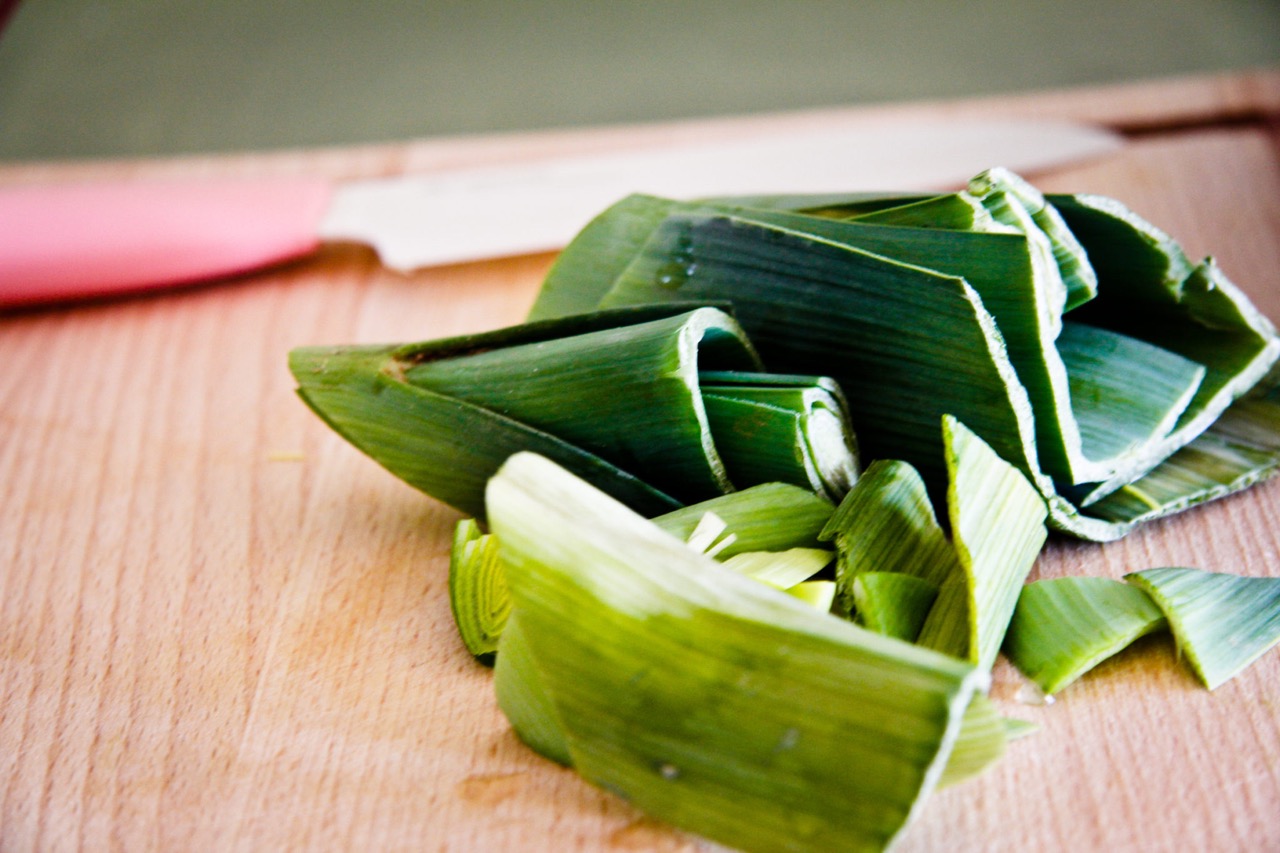

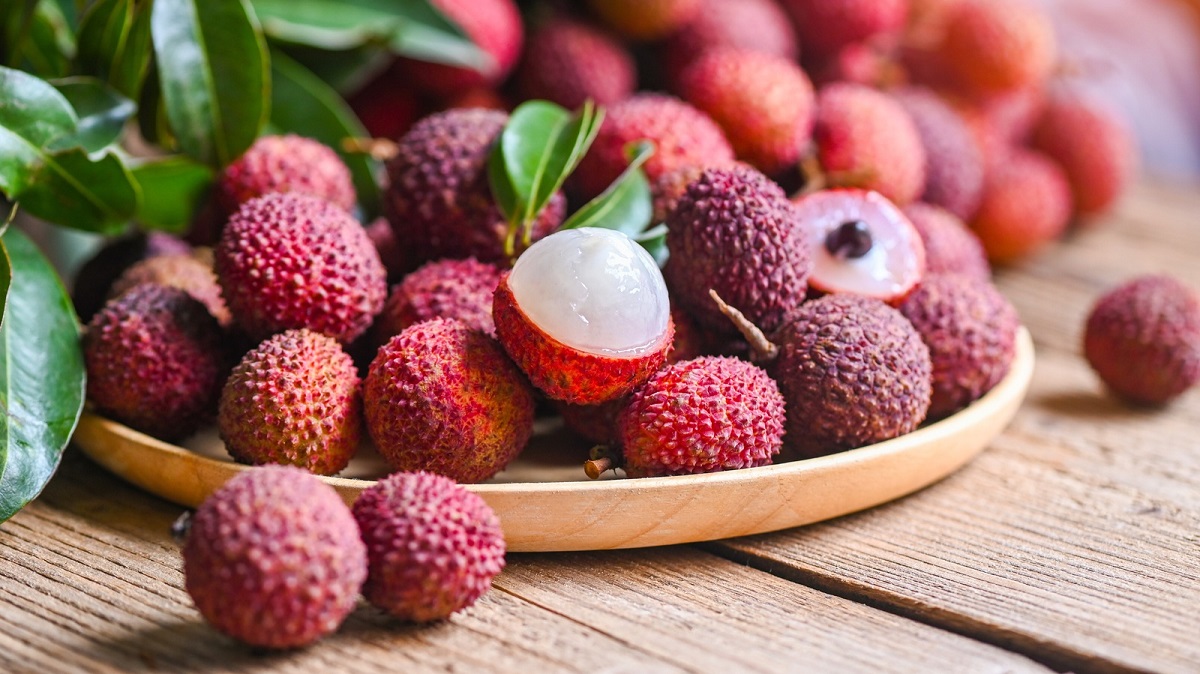

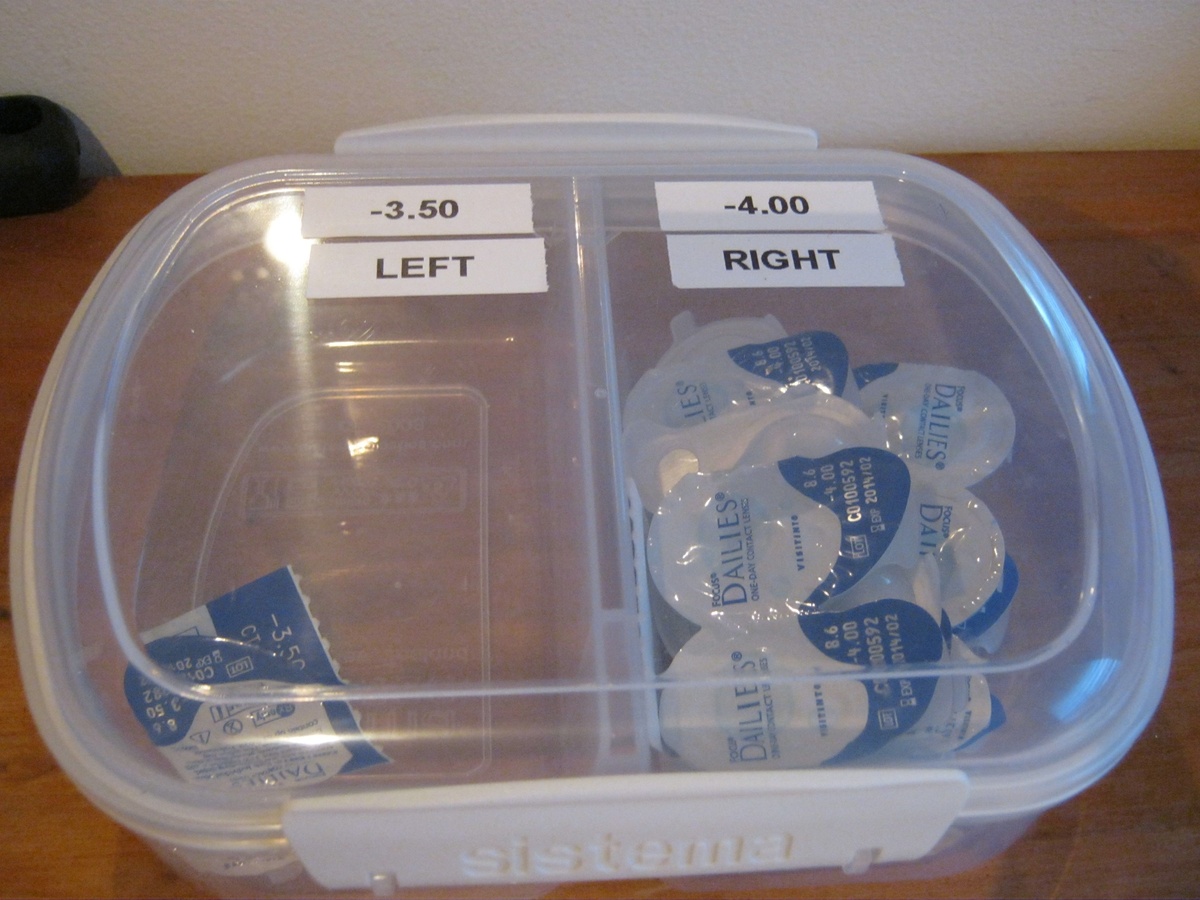

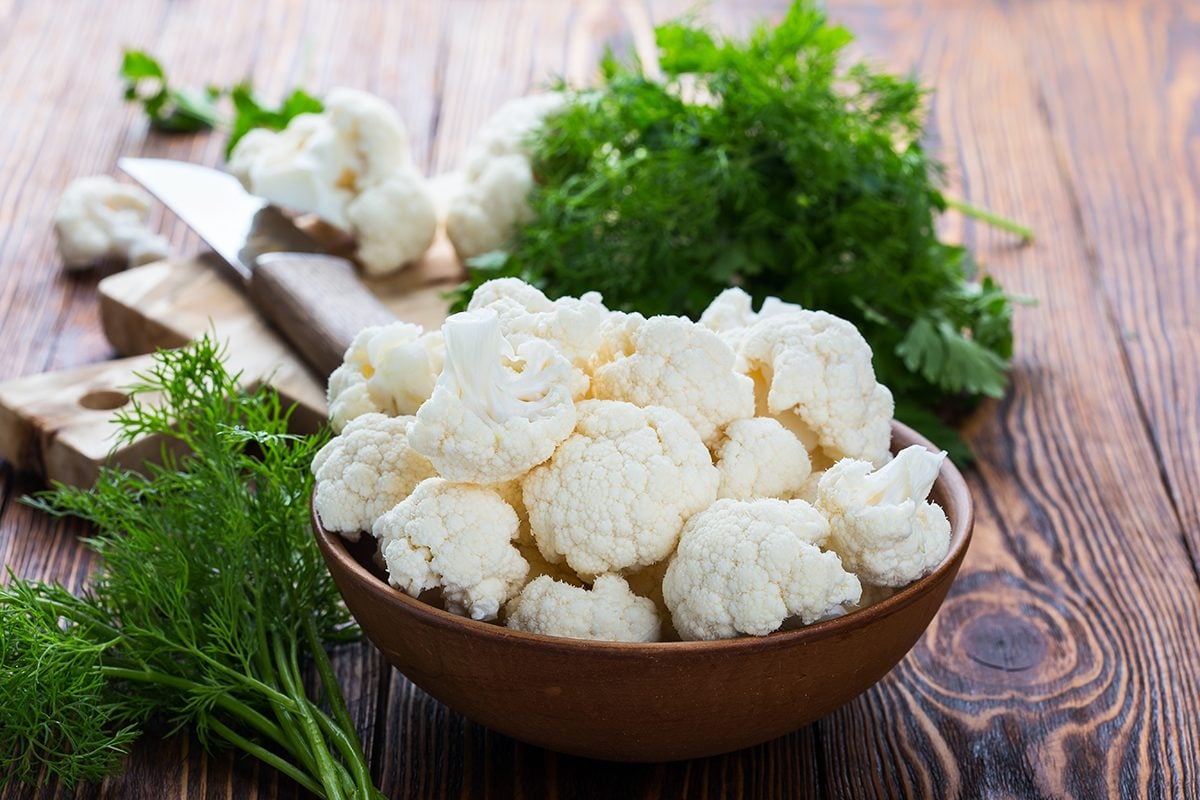
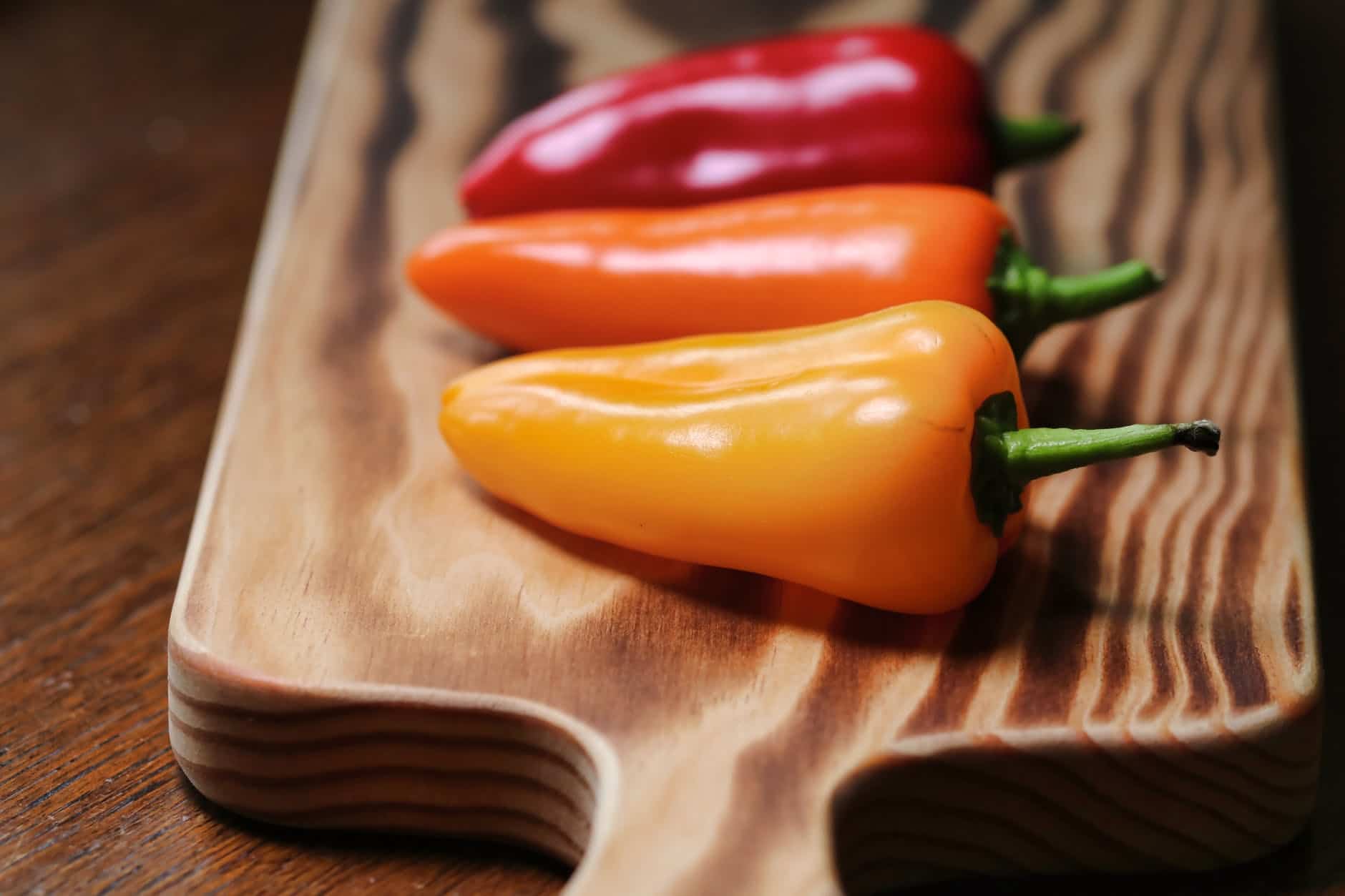
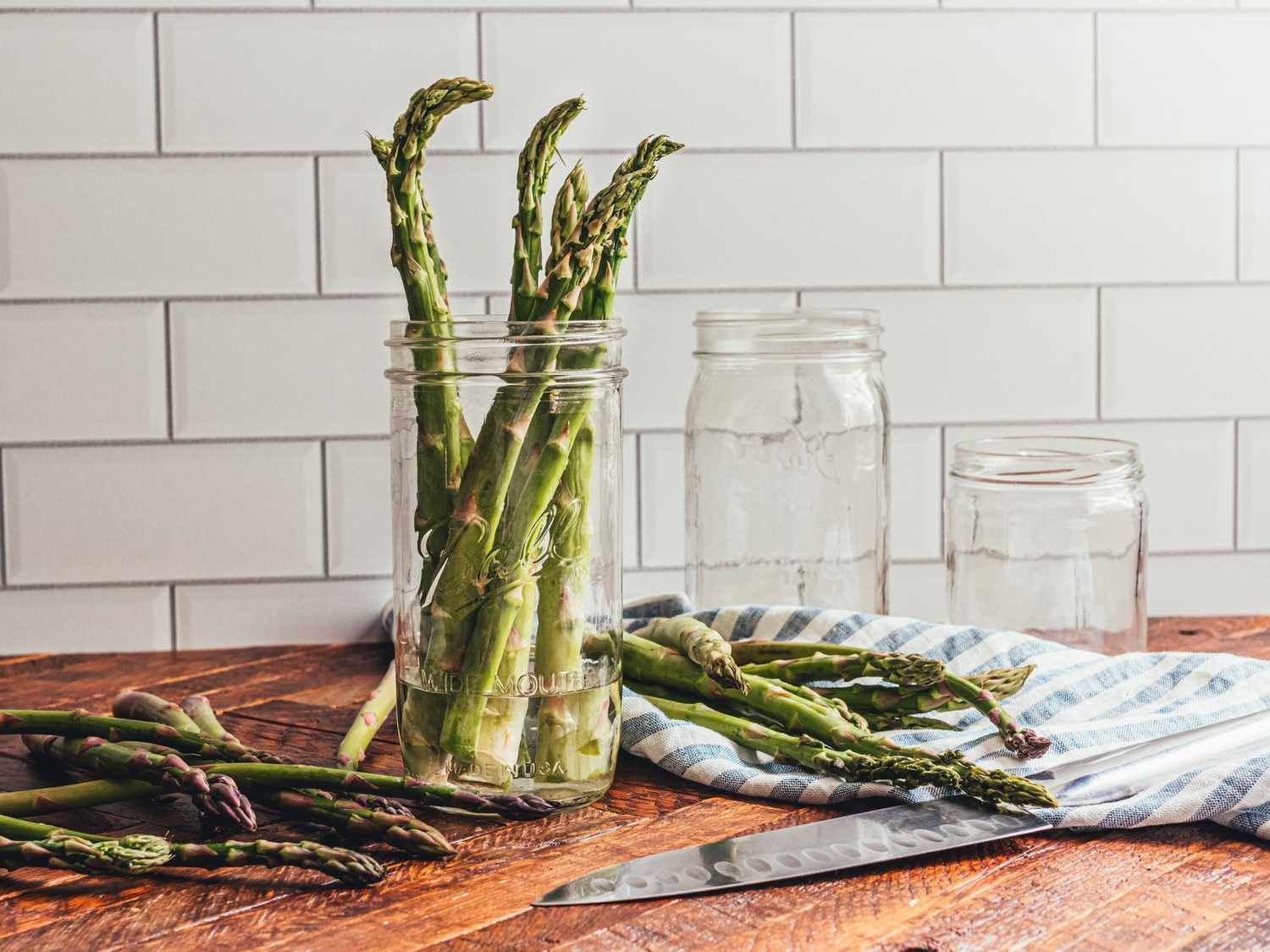

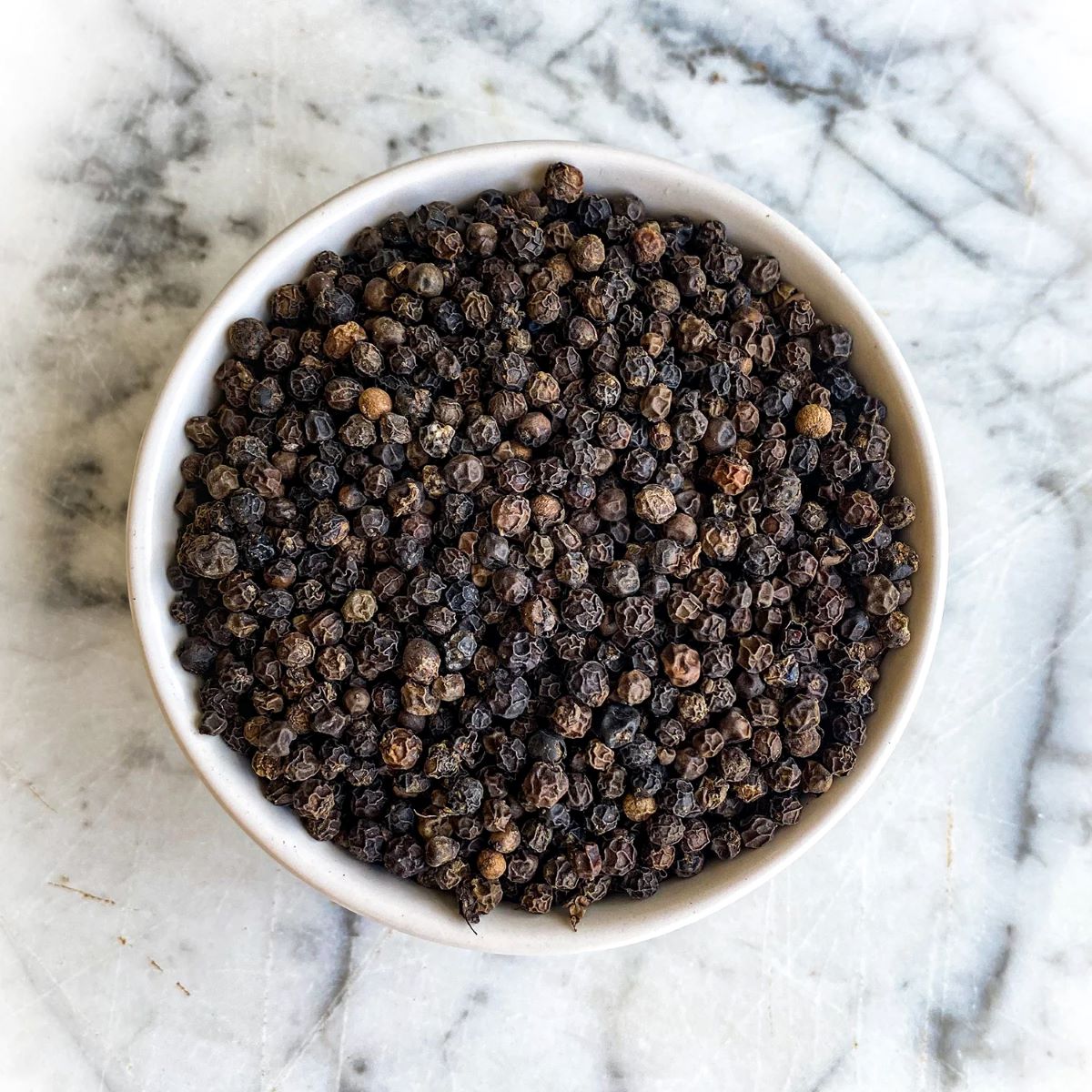

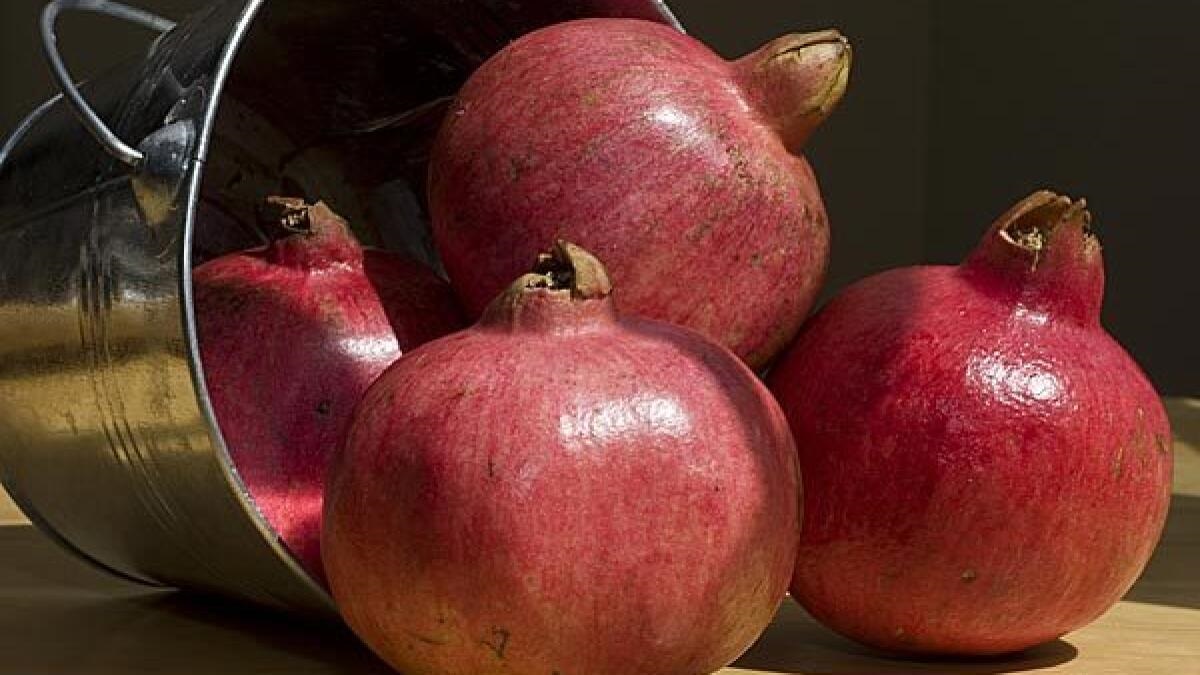
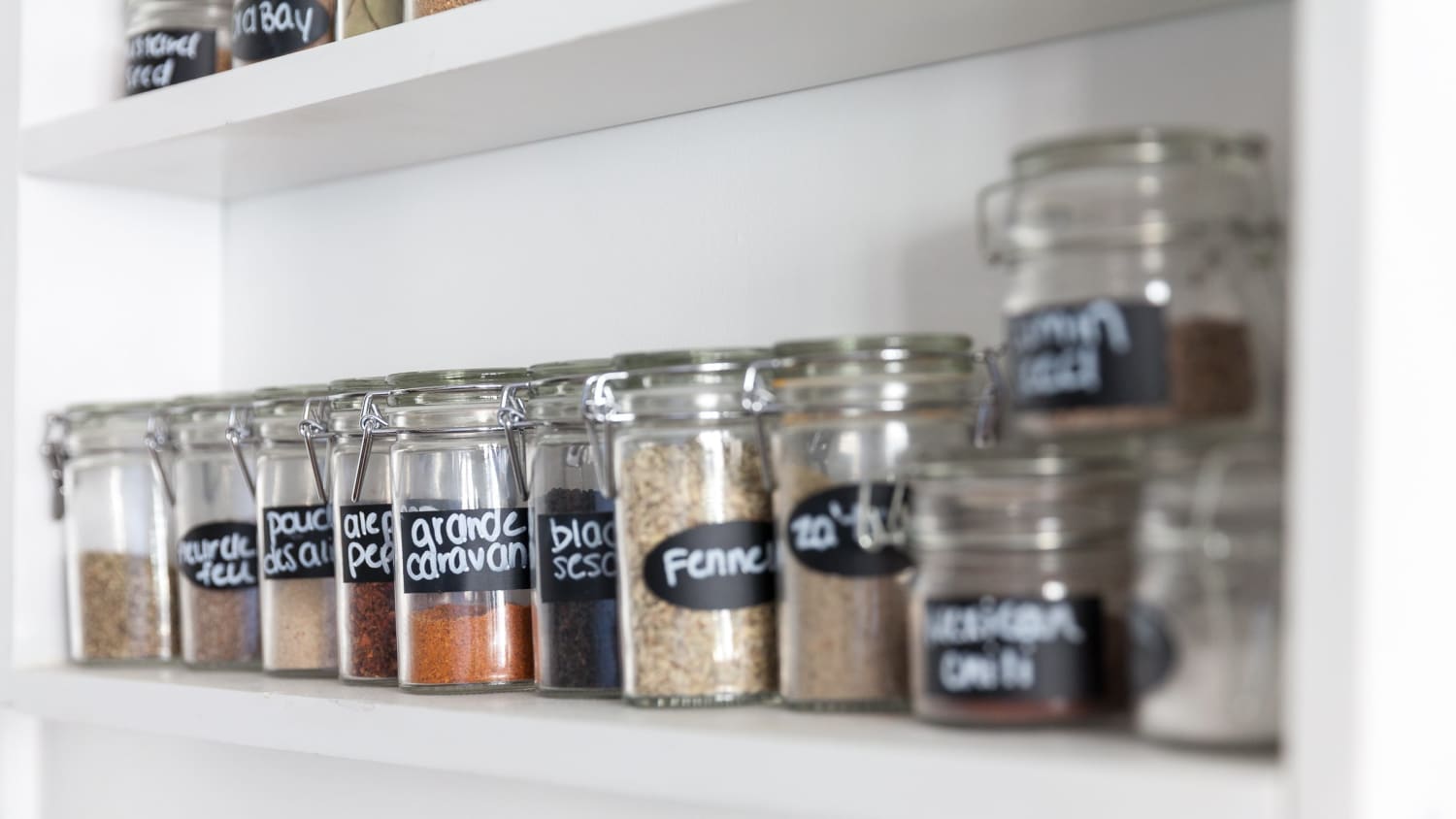

0 thoughts on “How To Store Chamoy”